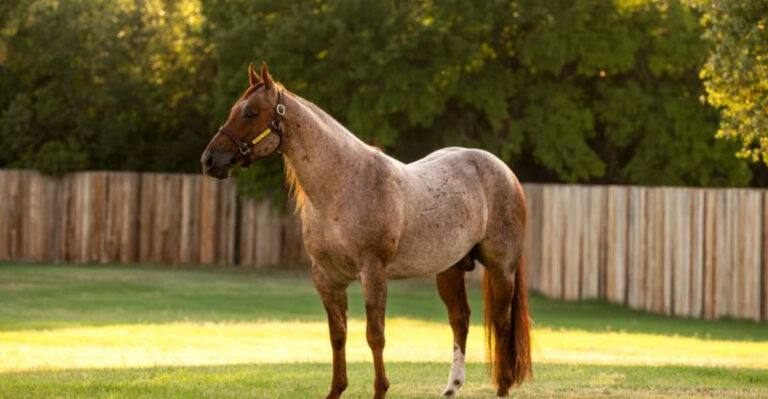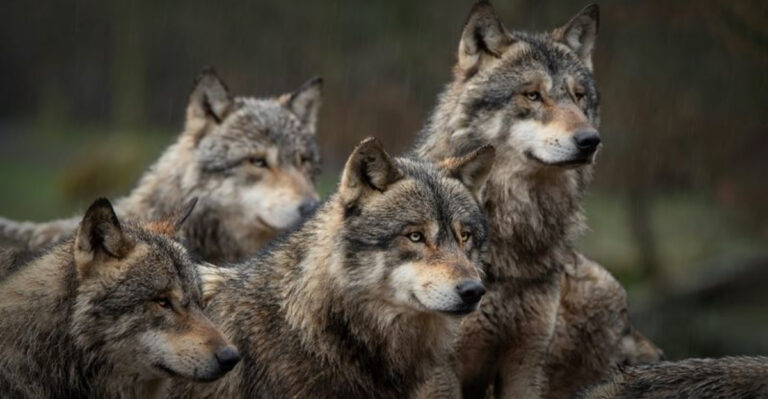Ancient Sea Turtle Fossil Discovered In Montana
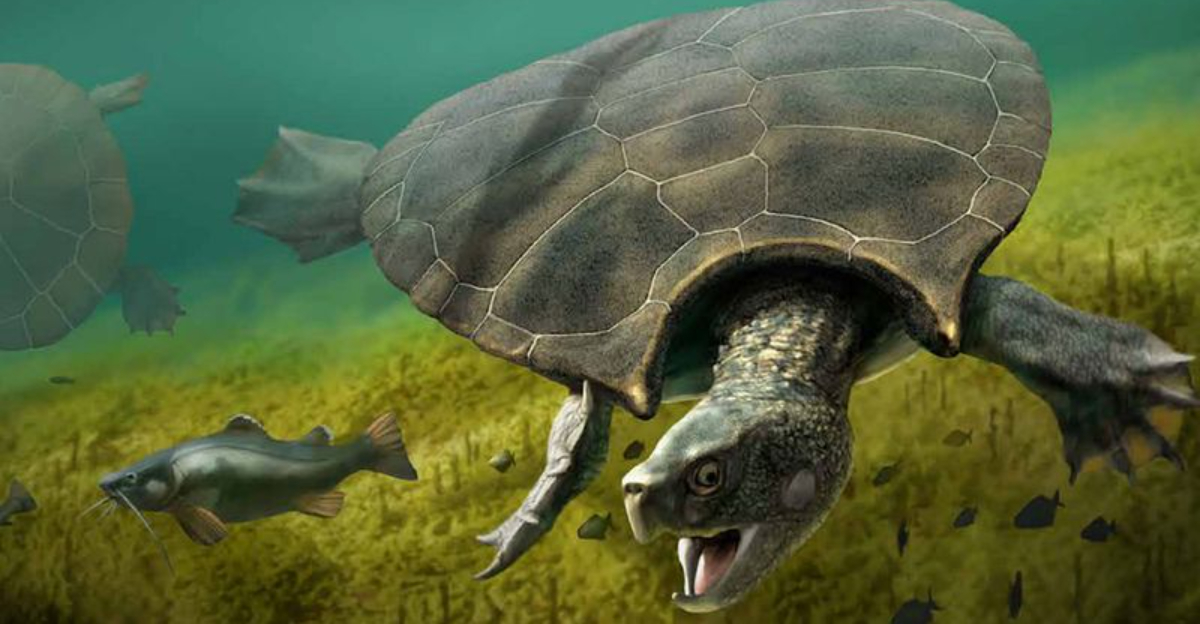
Scientists have unearthed an extraordinary sea turtle fossil in Montana’s rugged badlands, shocking the paleontology world.
This ancient marine reptile lived when Montana was submerged beneath a vast inland sea, completely unlike today’s mountainous landscape.
The discovery provides a fascinating glimpse into North America’s prehistoric ocean ecosystems and the surprising history beneath our feet.
1. Montana’s Badlands Hide Marine Secrets
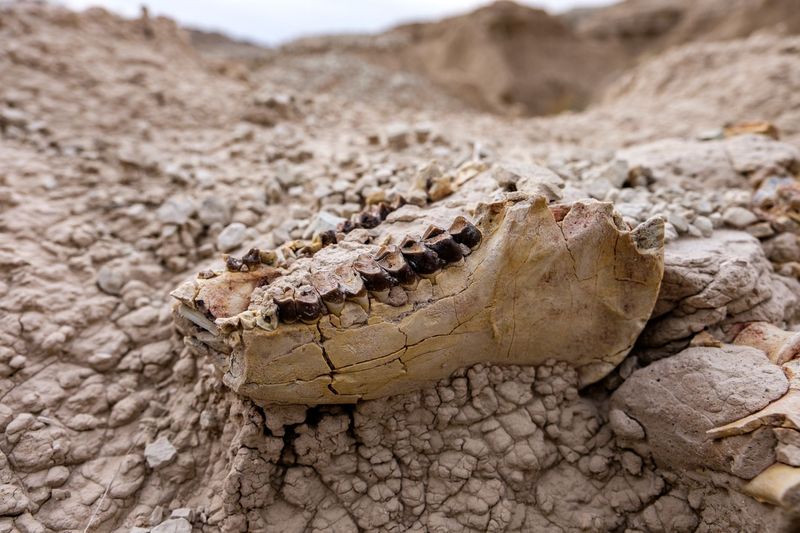
Beneath Montana’s dry, cracked earth lies evidence of an ancient underwater world. The fossil-rich badlands were once completely submerged, harboring creatures we’d normally associate with tropical oceans.
Local ranchers occasionally stumble upon seashells and marine remains, but finding a complete turtle is extraordinarily rare in this landlocked state.
2. Sea Turtle Fossil Dates Back 75 Million Years
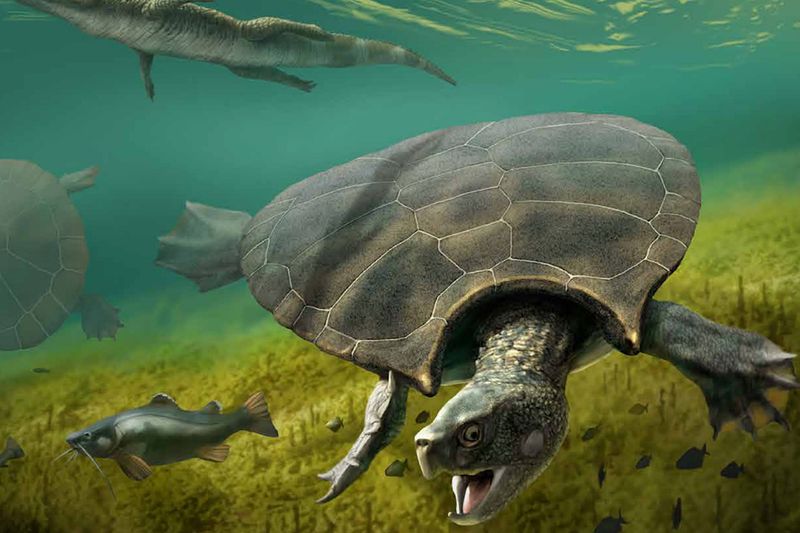
When dinosaurs still dominated the planet, this ancient turtle glided through warm, shallow waters. Its bones have quietly waited through 75 million years of Earth’s history before being exposed by erosion.
For perspective, humans have only walked Earth for about 300,000 years – making this turtle fossil 250 times older than our entire species!
3. Evidence Of A Prehistoric Inland Sea
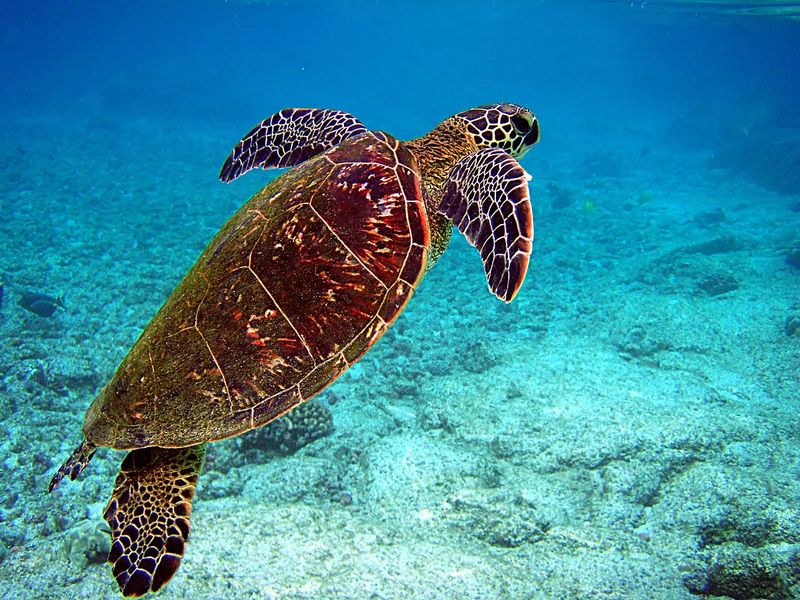
Imagine waves lapping at the shores of Kansas and sharks swimming over Wyoming! The Western Interior Seaway split North America in two during the Cretaceous period.
This massive body of saltwater stretched from the Arctic Ocean to the Gulf of Mexico. The turtle’s presence confirms Montana was once prime ocean real estate, despite being hundreds of miles from any modern coastline.
4. Discovery Made In The Late Cretaceous Layers
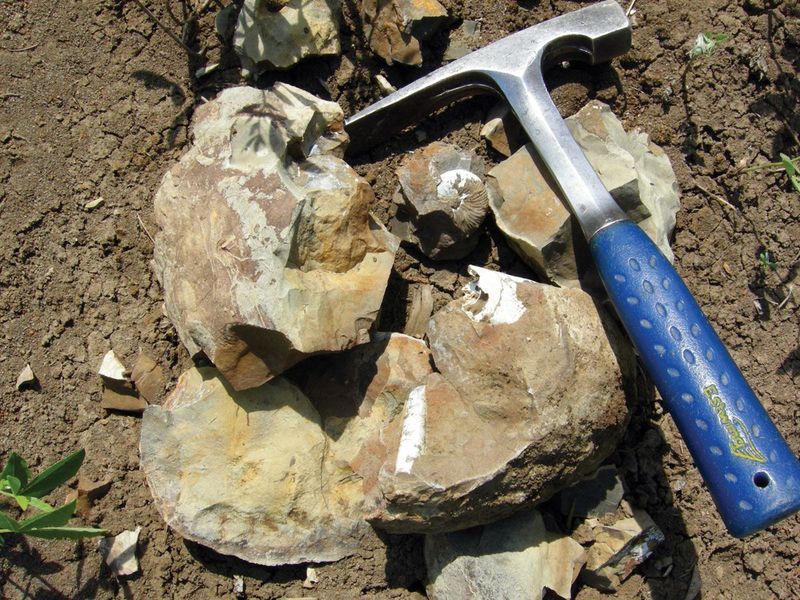
Rock layers tell Earth’s story like pages in a book. The turtle emerged from sediments specifically dating to the Late Cretaceous – the final chapter of dinosaur existence.
Volcanic ash layers nearby helped scientists pinpoint the exact age. The fossil’s rock matrix contains microscopic marine organisms that further confirm its oceanic origins.
5. Fossil Belongs To Unknown Turtle Species
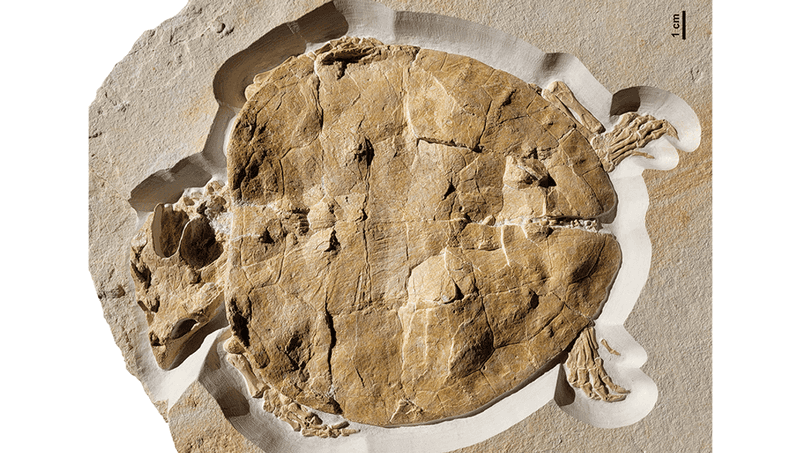
Move over, Triceratops – there’s a new prehistoric celebrity! Initial examinations suggest this turtle represents a previously undocumented species, exciting researchers worldwide.
Its unique shell structure and flipper bones don’t match any known ancient turtle. Naming rights will likely go to the discoverer, following scientific tradition for newly identified prehistoric creatures.
6. Western Interior Seaway Once Covered Montana
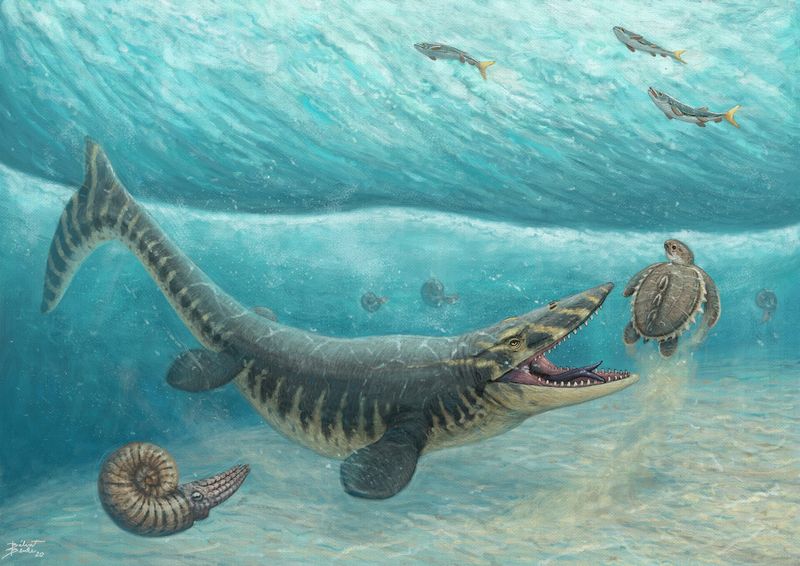
Montana’s mountains once lay beneath 500 feet of saltwater! The Western Interior Seaway covered much of central North America during the Cretaceous period.
Rising sea levels flooded the continent’s midsection. Sediments from this ancient ocean bottom formed the fossil-rich rocks we now find throughout Montana, Wyoming, and the Dakotas.
7. Dinosaurs Roamed When This Turtle Lived
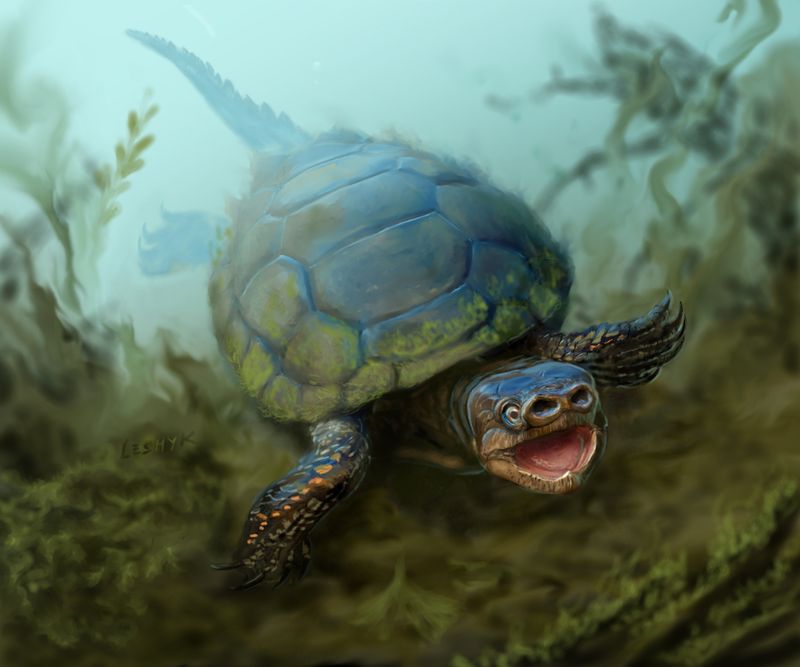
While our turtle paddled through prehistoric seas, T. rex thundered across nearby shorelines! The Late Cretaceous represents dinosaurs at their evolutionary peak, just before their extinction.
Marine reptiles like mosasaurs and plesiosaurs likely hunted similar waters. This turtle survived in an ocean ecosystem far more dangerous than today’s, dodging predators we only know through fossils.
8. Fossil Is Remarkably Well Preserved
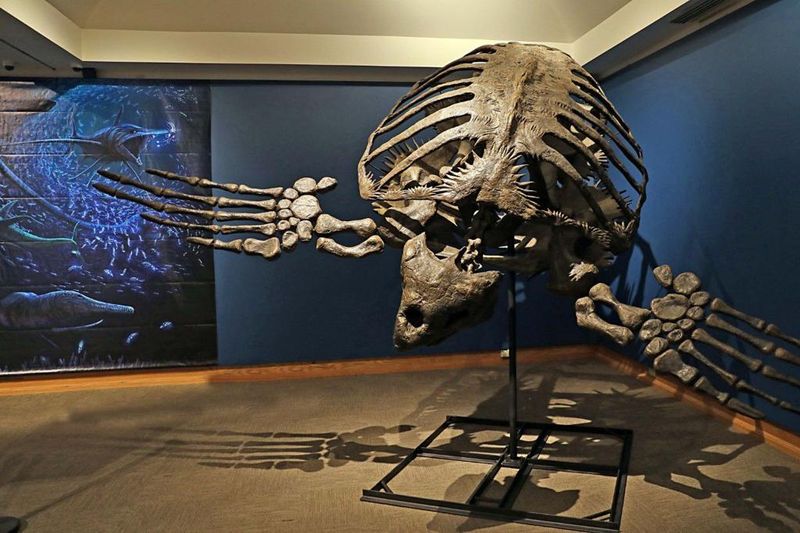
Against astronomical odds, this turtle’s skeleton remained intact for 75 million years! Quick burial in oxygen-poor sediment prevented decomposition and scavenging.
Even delicate parts like flipper bones survived. The shell shows bite marks from an ancient predator – perhaps a mosasaur – telling a dramatic story of prehistoric underwater battles.
9. Find Expands Knowledge Of Turtle Evolution
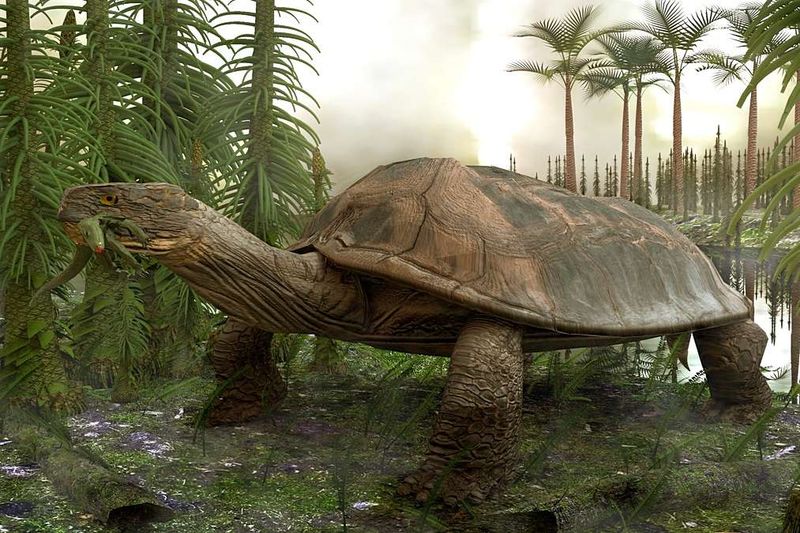
This fossil fills crucial gaps in the turtle family tree! Modern sea turtles evolved from land-dwelling ancestors, adapting to marine life over millions of years.
The Montana specimen shows evolutionary features halfway between ancient and modern forms. Its flippers were more developed than earlier species but not yet as specialized as today’s sea turtles.
10. Marine Life Thrived Far From Modern Coasts
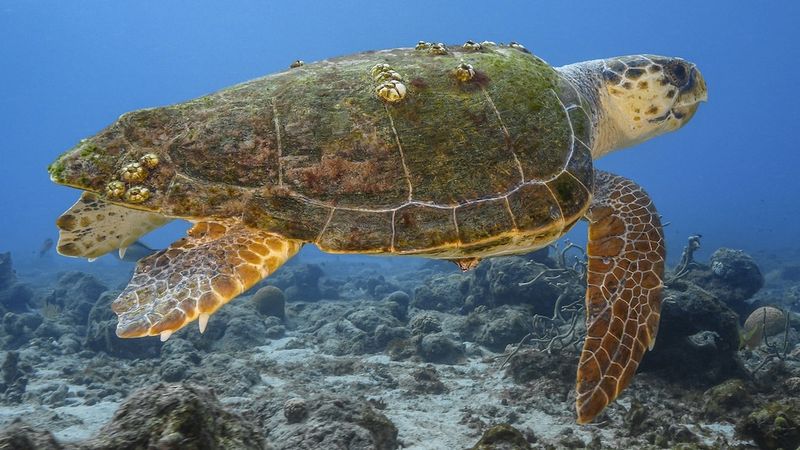
Coral reefs once flourished where wheat fields now grow! The shallow, warm waters covering Montana hosted a vibrant ecosystem rivaling today’s tropical seas.
Fossil evidence shows ancient sharks, ammonites, and mosasaurs swimming alongside our turtle. This prehistoric ocean community reveals how dramatically Earth’s geography has shifted over geological time.
11. New Insights Into North America’s Past Oceans
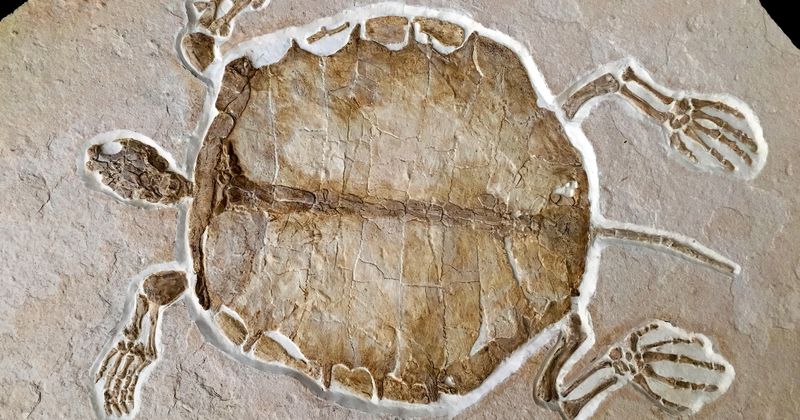
The turtle’s chemical composition tells an unexpected story about ancient ocean temperatures. By analyzing oxygen isotopes in the fossil, scientists determined these prehistoric seas were warmer than previously thought.
This discovery forces reconsideration of Cretaceous climate models. The fossil also contains trace elements suggesting the Western Interior Seaway had unique water chemistry compared to other ancient oceans.




